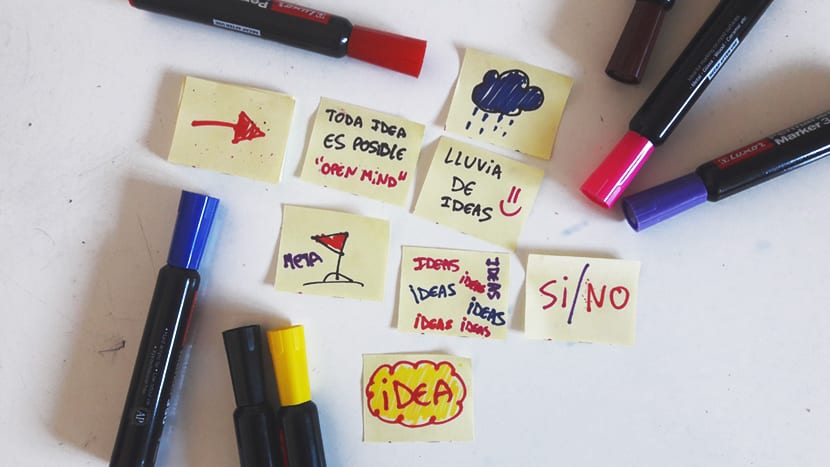
At some point or another, Every creative professional arrives that existential emptiness that leaves us short of ideas, bringing with it a graphic desert when carrying out a project. For this reason the brainstorming tool or brainstorming as a technique to develop graphic projects is ideal to open the mind and help us create projects, getting to help us get out of that creative pothole y generate new ideas.
This tool will allow us Open the mind and put aside all fears when releasing an idea because in this process (at least initially) every idea is good without the need to establish a value judgment on it immediately. Prepare a pen, many colors, a blackboard, a team of people wanting to shout ideas non-stop and start generating ideas by following some recommendations on how to use this tool.
The first thing we have to be clear about when making a brainstorming: "anything is possible", every idea is good no matter how crazy it may seem at first. Having this clear, we can start working without problem. It is advisable organize a group with people of different ages and professions since this contrast will achieve a broader result. Often the simplest ideas are the ones that work and putting aside all the preconceived part is very useful in these cases.
It is advisable to use visual stimuli to obtain expand the mind a little moreFor this we can work in a cozy environment that is comfortable for us, we put aside the idea of working in a closed cubicle a bit. A very useful and easy visual stimulus when generating ideas, is wear stickers or a slate with many colors to be able to draw, organize content, plan schemes and all kinds of sketches of our project.
We stand up, walk around the room a bit, think on our own for a few minutes, and then begin to free the mind.
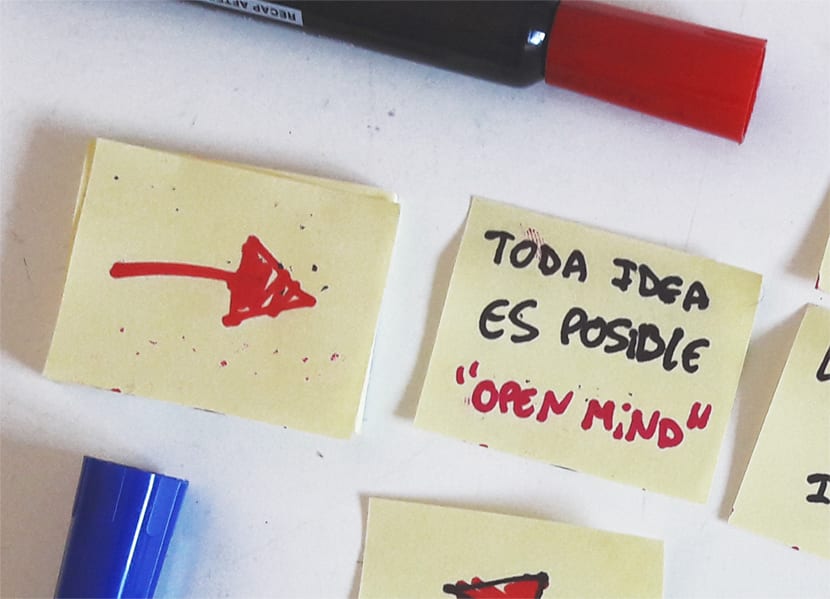
The steps are as follows:
- Have a goal to achieve.
- Say all kinds of ideas, no matter how crazy they seem.
- Segment ideas at the end.
- Stay with a final idea.
To begin we have to know what we are looking for and what we want to achieve with this brainstorming. In this part we decide the topic brainstorming with the objective to generate all that flow of responses towards the same end. For example, let's say we have a donut business and we are looking for an attractive advertising idea to more effectively engage the user and generate more sales. With this first base we could make a small scheme in this way (below the photograph).
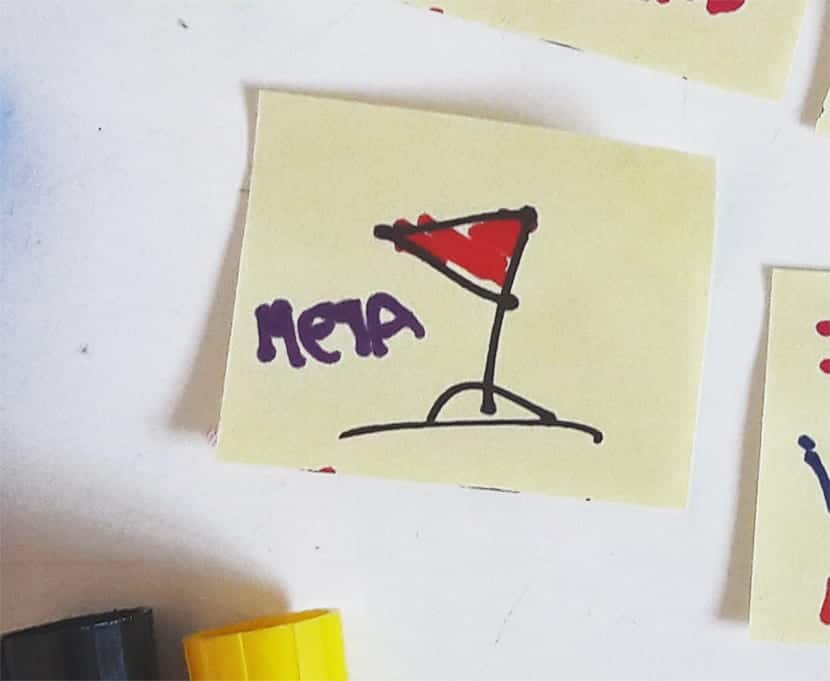
- Sector: Donut shop
- Objective: attract customers
- Brainstorming: go out, dress up as donuts, give donuts, hide donuts near the place, play games with users ...
This would be an example of the small mental scheme that we have to do when working using brainstorming: think of a topic, a goal and let go of your mind.
Once we know what topic we are going to deal with and what objectives we are looking for, the next thing we have to do is start spouting ideas "like crazy". The time theme of this tool varies depending on its purpose and can be a short time (10 minutes) or a wider time range (1 hour). Actually there is no predefined time rather, each user does it at their own pace. If it is true that we can force ourselves to develop the test by marking a time to avoid thinking too much about the same idea and letting ourselves go more when imagining. Another way to let your mind flow is establish a minimum of ideas to force us to think better.
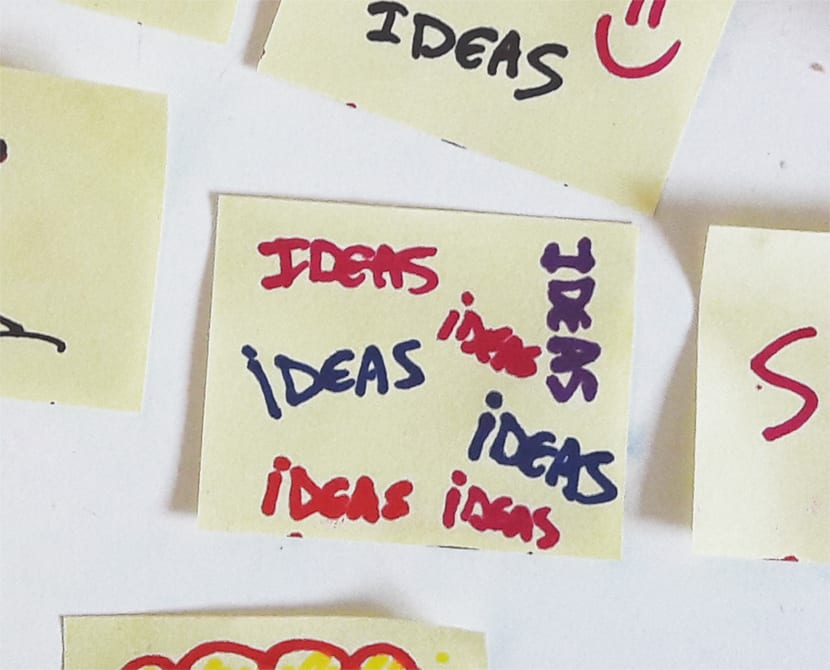
After spouting all sorts of "crazy or not" ideas we went on to segment and selectr all those that can be most useful to us.
For example, we return to the case of donuts and imagine the result of some of the ideas that emerged in that brainstroming.
- ideas: dress up on the street of donuts to attract the public, give donuts on the street with the condition of visiting the store, make a giant donut, play games on the street, use social networks. -This would be all the ideas generated in this braingstroming-
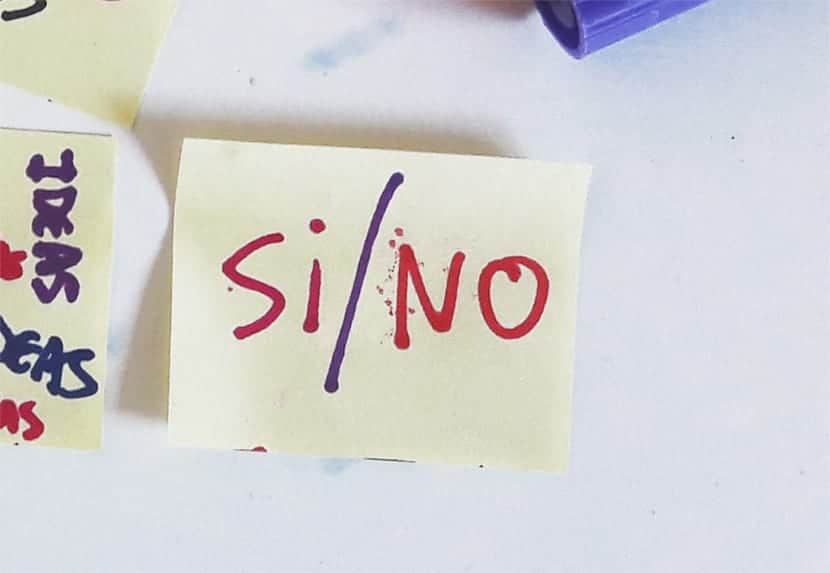
Of all the ideas, we are going to use (segment) one of them but we will combine it with other ideas.
- Chosen idea: Make a giant donut
- Combined ideas: Playing games in the street, using social networks.
With this small scheme where we have already defined a series of points to follow, we can begin to make clear what we want to do and what factors are important to us. The next step would be to further segment those ideas and refine a «Superideamegaguayfinal» (We must always value our ideas) being able to do it by means of a diagram, a drawing, a text or any other method that occurs to us.
In this case we will define the idea explaining it simply with text:
- «Superideamegaguayfinal for a donut company»: We want to attract the public, improve our sales, make our company better known and make greater use of social networks. We can achieve all this if we create a giant donut in the middle of the street (chosen idea) where we encourage people to participate by creating a kind of interactive game (combined idea 1), thus obtaining attractive material for our main social networks (combined idea 3).
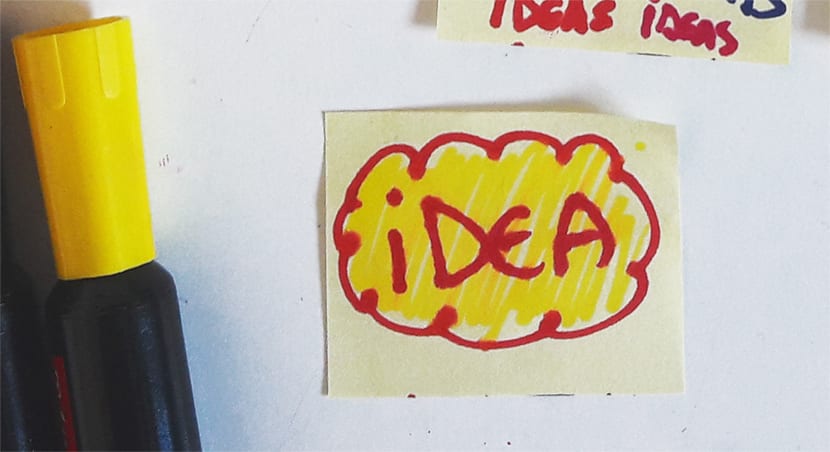
We have gone from having nothing to having a possible group of ideas and a possible line of action towards the user using only our mind and eager to drop ideas.
It is advisable to expose ideas in public to a group of people in the most attractive way possible: theater, drawing, diagrams ... etc.